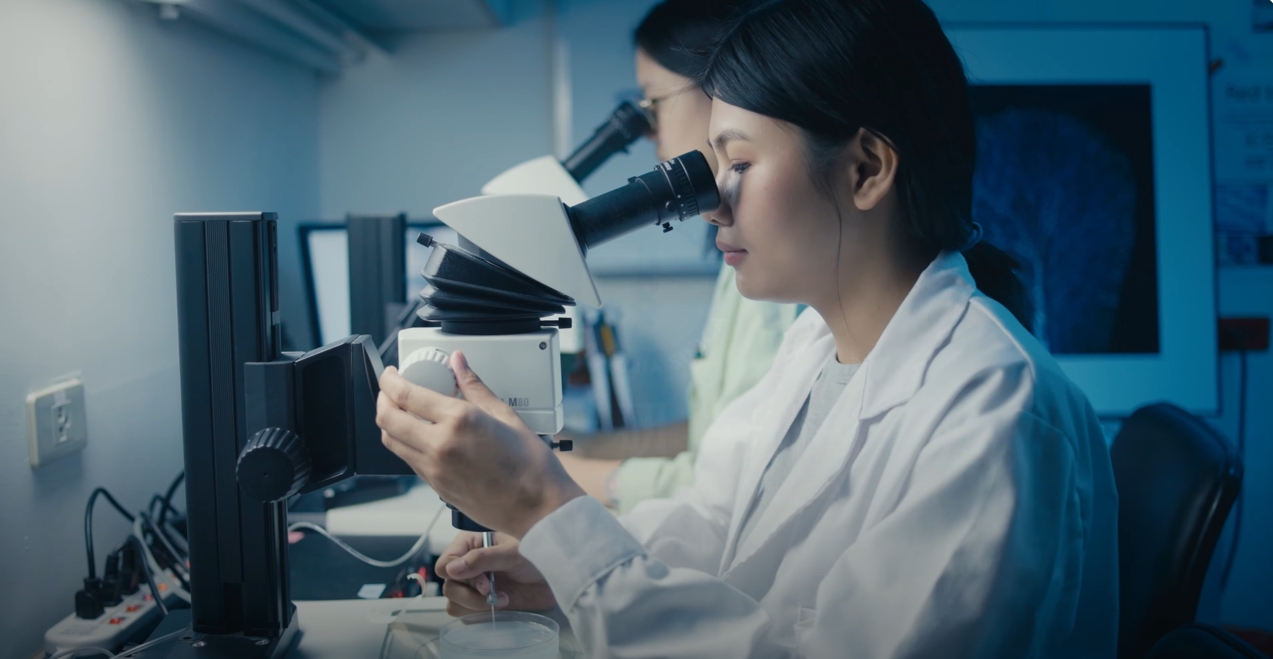- 演講或講座
- 生物醫學科學研究所
- 地點
生醫所地下室B1B演講廳
- 演講人姓名
梁世欣 博士 (高雄醫學大學)
- 活動狀態
確定
- 活動網址
In our LAB, we employ a reductive amination strategy to derivatize biomedical small molecules with amine functional groups using formaldehyde, thereby generating both standards and internal standards for calibration curve illustrating. Reductive amination facilitates analytical chemists in synthesizing derivatized standards and internal standards, enabling quantitative analysis without being constrained by the unavailability of commercial internal standards.
Subsequently, through a reverse perspective, we utilized amine-based molecule as a scavenger to selectively capture water-soluble aldehydes. Aldehydes are extensively used in industrial processes, particularly as adhesive components in the manufacture of consumer products such as furniture and plywood. Due to their preservative properties, aldehydes are also commonly added to biological specimens and certain food products, and they can be generated endogenously through the thermal oxidative degradation of lipids.
However, formaldehyde and acetaldehyde have been classified as Group 1 carcinogens by the International Agency for Research on Cancer (IARC), under the auspices of the World Health Organization (WHO). Given their high reactivity and oxidative potential, aldehydes readily form covalent adducts with biomolecules such as DNA and proteins, potentially leading to genotoxic effects.
Previous studies have further indicated that the composition and concentration of aldehydes in exhaled breath are correlated with cancer recurrence in patients with head and neck cancer. Many of these investigations employ headspace vial with C18 solid-phase extraction followed by GC-MS analysis. In contrast, our laboratory seeks to develop novel reagents capable of covalent bonding to capture aldehydes for structural identification.









 首頁
首頁

